Introduction to what aquatic plants are and how to raise them
Many people like to put some aquatic plants in their bedrooms, living rooms, kitchens and even offices. In fact, aquatic plants are clever and moving, which can bring us a good living atmosphere. So what are the aquatic plants? How to raise aquatic plants? Let's learn more about it.
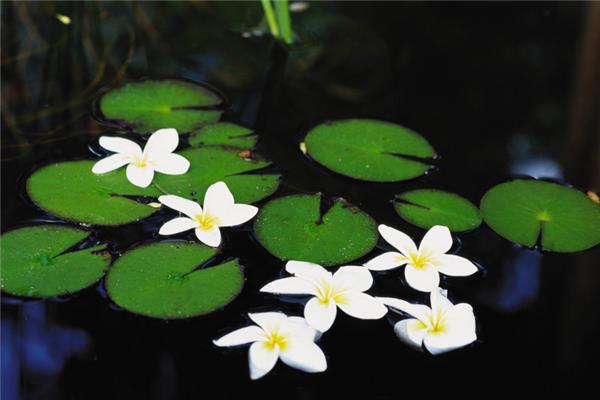
Characteristics of aquatic plants
Compared with the same soil plants, aquatic plants are more fresh, their leaves are soft and transparent, and their colors are more fresh. the most important thing is that aquatic plants are suitable for living in water (culture medium). They draw nutrients directly from the culture medium without having to get nourishment from the soil. At present, common aquatic plants can be divided into marsh plants, aquatic plants, floating plants and deep-water plants according to their plant categories. According to their way of life, they can also be divided into water-standing herbs, floating plants, submerged plants, floating-leaf plants and water-standing plants.
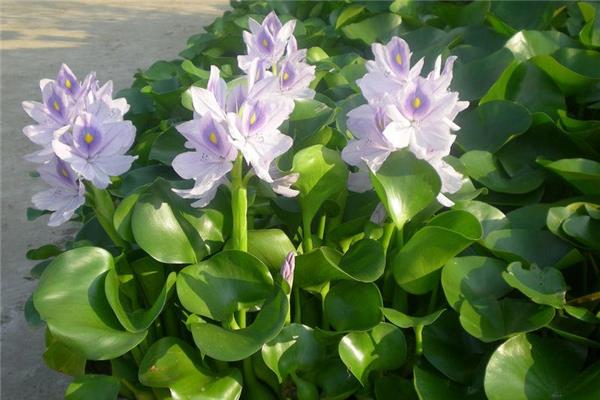
Species of aquatic plants
Aquatic plants generally refer to plants that can grow normally in water or water-saturated soil for a long time, such as water lilies, Manjianghong, rice and so on. If it is divided according to the distribution in the water, it can be subdivided into three categories: effluent plants, submerged plants and floating plants. Such as lotus, stone sunflower, lotus and so on. There are many kinds of aquatic plants. According to the life style of aquatic plants, they are generally divided into four categories: floating plants, floating plants, submerged plants and aquatic plants.
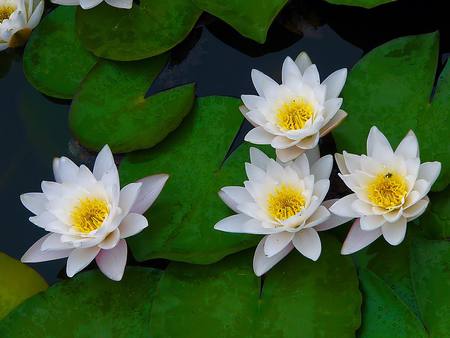
What are the aquatic plants?
1. Water-standing plants: water-standing aquatic plants are tall and colorful, and most of them are divided into stems and leaves; erect, lower or basal water plants sink in the water, roots or stems grow in the mud, and the upper plants stand out of the water.
The common types of aquatic plants are lotus, calamus, spring onion, Zili flower, barracuda grass, flower Reed, cattail, alisma alisma, parasol, Reed and so on.
two。 Aquatic plants: these plants grow at the edge of a pool, from the depth of 23cm to the mud at the edge of the pool. There are many varieties of aquatic plants, which mainly play an ornamental role. Aquatic plants planted on the edge of a small wildlife pool can provide a hiding place for waterbirds and other animals that patronize the pool. And this kind of plant has a wide variety and has high ornamental value, so it is suitable to be cultivated as indoor aquatic plants.
3. Submerged plant: the rhizome of submerged aquatic plant grows in mud, and the whole plant sinks into water with well-developed aerated tissue, which is beneficial to the gas exchange of submerged plant. Most of the leaves are long and narrow or filamentous, which can absorb some nutrients in the water and can grow and develop normally under the condition of weak light under water. There are certain requirements for water quality, because the turbidity of water quality will affect its photosynthesis. The flowers are small, the florescence is short, and the leaves are mainly ornamental.
Submerged aquatic plants have well-developed aerated tissue, the leaves are mostly narrow or filamentous, the common ones are: verticillium verticillata, goldfish algae, Rabdosia malayensis, bitter grass, Potamogeton crispus and so on.
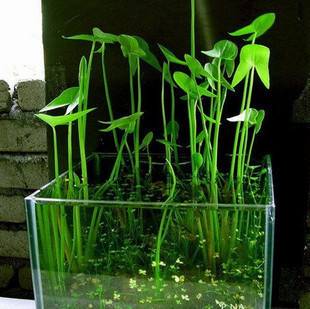
4. Floating plants: there are few species of floating aquatic plants, the roots of these plants do not grow in the mud, the plants float on the water surface, floating plants drift around with the current, wind and waves, mostly foliage, providing decoration and shade for the pond water. And because they can absorb minerals in the water. at the same time, it can block the sunlight shining into the water, so it can also inhibit the growth of algae in the water.
There are few species of floating aquatic plants, and their bodies float on the water surface, drifting with the current, mostly foliage plants, some of which are suitable for the cultivation of indoor aquatic plants at that time, the most common one is water hyacinth.
5. Floating-leaf plants: floating-leaf aquatic plants have well-developed rhizomes, and large flowers, colorful flowers, mostly leaves floating in sleep, common are king lotus, water lilies, Pingpeng grass, Euryale seeds, vegetables and so on, generally not suitable for indoor aquatic plant culture.
According to the above summary, we can see that there are not many species suitable for indoor aquatic plants, but this does not affect people's cultivation of aquatic plants at home, just like the most indoor aquatic plants, such as hanging orchids, evergreen and auspicious grass, which can be seen in many families. In addition to the above summary, what are the common indoor aquatic plants? Naturally, there are lily family dragon blood tree, cactus, small magnolia, crepe grass, sword leaf pepper grass, coffee pepper grass, green willow, Sabago, African chrysanthemum and so on.
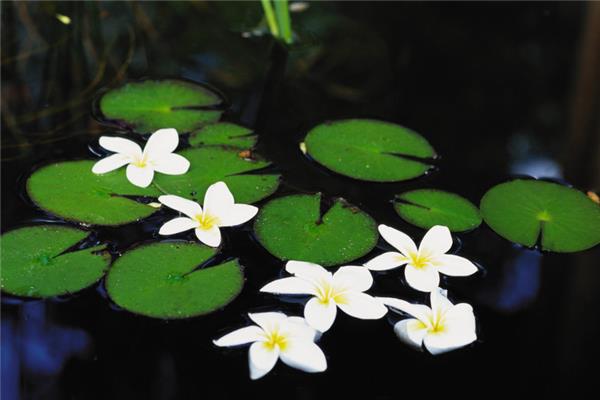
How to raise aquatic plants
The cultivation of aquatic plants should be planted according to the habits of different plant species and varieties. There are two different techniques for planting aquatic plants: one is to build a planting trough at the bottom of the pond and lay it with at least 15 centimeters of thick culture soil to plant the aquatic plants into the soil; the other is to put the aquatic plants in a container and sink the container into the water. The two methods described above have their own advantages and disadvantages. However, the method of planting aquatic plants in containers and then sinking into the water is more popular because it is convenient to move. For example, in winter in the north, containers have to be taken out and collected to prevent plants from being attacked by severe cold; when changing soil, fertilizing and dividing plants in spring, the operation is also more flexible and labor-saving, and this method can keep the pool water clear, and it is more convenient to clean the bottom and change water.

How to raise aquatic plants
The cultivation of aquatic plants should be planted according to the habits of different plant species and varieties. There are two different techniques for planting aquatic plants: one is to build a planting trough at the bottom of the pond and lay it with at least 15 centimeters of thick culture soil to plant the aquatic plants into the soil; the other is to put the aquatic plants in a container and sink the container into the water. The two methods described above have their own advantages and disadvantages. However, the method of planting aquatic plants in containers and then sinking into the water is more popular because it is convenient to move. For example, in winter in the north, containers have to be taken out and collected to prevent plants from being attacked by severe cold; when changing soil, fertilizing and dividing plants in spring, the operation is also more flexible and labor-saving, and this method can keep the pool water clear, and it is more convenient to clean the bottom and change water.
Related
- Wuhan Hospital Iron Tree Blooming Result Was Instantly Frightened by the Gardener Master
- Which variety of camellia is the most fragrant and best? Which one do you like best?
- What is the small blue coat, the breeding methods and matters needing attention of the succulent plant
- Dormancy time and maintenance management of succulent plants during dormancy
- Minas succulent how to raise, Minas succulent plant pictures
- What are the varieties of winter succulent plants
- How to raise succulent plants in twelve rolls? let's take a look at some experience of breeding twelve rolls.
- Attention should be paid to water control for succulent plants during dormant period (winter and summer)
- Watering experience of twelve rolls of succulent plants
- Techniques for fertilizing succulent plants. An article will let you know how to fertilize succulent plants.



